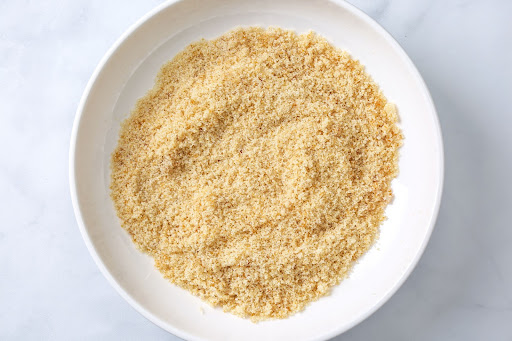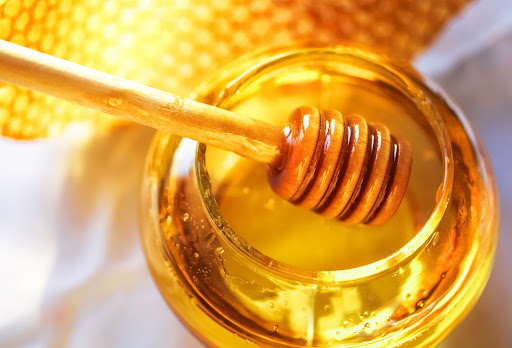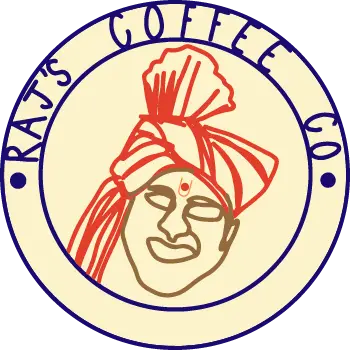Knowing which type of sweetener to use in your coffee can be a tricky thing. At the end of the day, you might need to consider a whole host of variables, from how well the sweetener you’re considering keeps in your home, to the different flavors that it might supply your favorite brewing style.
In this article, we’re going to run through four different sweeteners that have a long-established place in the coffee world, and talk about why we like them. The key thing to bear in mind about these sweeteners is that none of them are white sugar – they’re all different in some interesting ways.
Maple Syrup

Maple syrup is, perhaps, the first-ever plant-based alternative. Of course, regular white sugar does also come from a plant, but it’s an alternative sweetener that’s entirely plant-based – that plant-based nature makes it particularly hot at the moment.
There are two things that boost maple syrup above the competition as a sweetener – its dissolvability, and its flavor.
The dissolvability of maple syrup works very strongly in the favor of its use in hot drinks. As it’s already a liquid, and quite a thin one at that, maple syrup easily dissolves into hot liquids. This means that it can easily be added to cups of coffee for a hit of autumnal flavor.
The flavor of maple syrup is unique and excellent – it has a nutty, woody nature from the fact that it was once tree sap, as well as a cooked sugar flavor from the long process of distilling the water out of the sap itself. This is most noticeable and famous from its use on pancakes, though the unique flavor works very well in coffee. It may not work for everyone, but we really adore the combination!
Brown Sugar

Brown sugar is quite an interesting product since it’s something that doesn’t really need to exist anymore. Brown sugar was originally the product of sugar refineries that didn’t process their sugar syrup intensively enough, ending up with a syrup that had some level of molasses (the waste product of sugar manufacturing) within it. When this syrup was crystallized and powdered, the sugar granules were brown, hence the name.
Nowadays, though, we have much more complex and sophisticated machinery and factories – we can totally eliminate the chance of a mistake in the cooking process. Therefore, all brown sugar that you buy in the modern day was once white sugar. That white sugar had molasses added to it in small quantities, dying and adding flavor to the crystals.
The primary benefit of using brown sugar in your coffee is the flavor – it’s utterly wonderful! It’s mostly different from white sugar in that it’s more complex than simple sweetness – it tastes gently caramelized, and a little more earthy and rich.
This flavor combination is something that works wonderfully well to boost those same flavors in coffee, particularly in coffee that has been roasted quite darkly. Dark roast coffee inherently has some sweetness and caramelized notes to it – brown sugar can boost those notes within the coffee, leading to a more elegant, smoother cup.
Honey

There is a great chasm in the world of honey, from that produced by artisanal producers and the kind of honey you might buy from the supermarket. The difference, essentially, is concentration.
Bees produce honey in tiny, tiny quantities within their hives. Over the course of their life, most bees will only produce a quarter of a teaspoon of honey! Therefore, honey can be a fairly low-yield item. A large hive full of many bees might not yield as many jars as you might think.
While you’re still turning a profit, in all likelihood, it won’t be as exceptional as it could be.
Therefore, large companies water down the honey from hives with sugar syrup to create something that’s identical in texture to true honey, but far less potent in flavor. True honey, on the other hand, is much thicker and has a more potent flavor.
The flavor is where the interesting cups of coffee come in. Personally, we would compare the flavor of artisanal honey to whisky – two jars (or bottles) may look identical from the outside but would have utterly different flavors on the inside.
With that in mind, we would suggest having several small jars of artisanal honey in your kitchen at any one time. Then, you can pair honey and coffee together for a sweet treat that has a really interesting, unique flavor.
Stevia

Stevia is an interesting example of the way that science has affected food technology. It’s not quite a totally artificial sweetener in the same way as aspartame (the sweetener in most low-calorie soft drinks) is, but instead, it’s been extracted and amplified from a leaf of the stevia plant. This, eventually, results in a powder that you can add to your coffee to boost the sugar.
The totally natural nature of stevia is likely one of the most important and memorable things about it – the branding is entirely green, to represent the fact that stevia comes from a plant, rather than a lab.
The most impressive benefit, though, we might argue, is the fact that this sweetener is entirely calorie-free. This means that it can really help people that might struggle with their weight, as well as also helping people in other healthful ways. A great example of an alternative way is that stevia can be eaten by diabetic people without them having to consider the impact of that on their diet, while sugar would be quite difficult to manage.
Stevia is certainly the sweetener to go for if you’re looking for something calorie-free that will bring sweetness to your coffee. However, we might advise against it if you’re looking for some extra flavor – any of the other options in this article would have a better impact on the final flavor of your cup than stevia likely would.
Conclusion
Sweetener alternatives can be complex and multilayered. To be sure that you’re using the right sweetener for yourself, consider a few options, and have a few taste tests. That’s the best way to find out which option is right for you!

